Moving to the Cloud: Exploring the API Gateway to Success
Daniel Bryant
SEPTEMBER 16, 2022
The fundamentals of API gateway technology have evolved over the past ten years, and adopting cloud native practices and technologies like continuous delivery, Kubernetes, and HTTP/3 adds new dimensions that need to be supported by your chosen implementation. For example, using build pipelines or a GitOps continuous delivery process ).

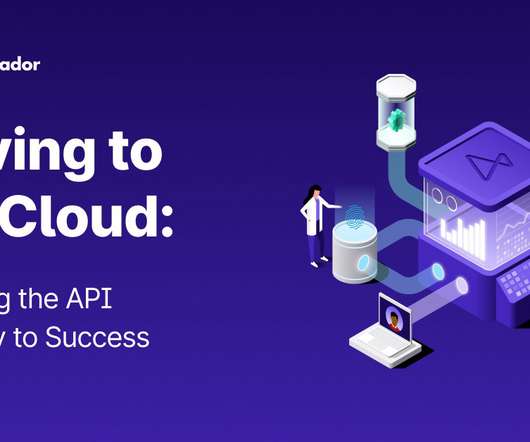
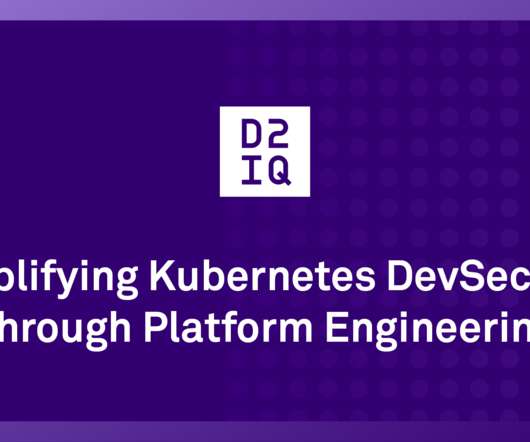
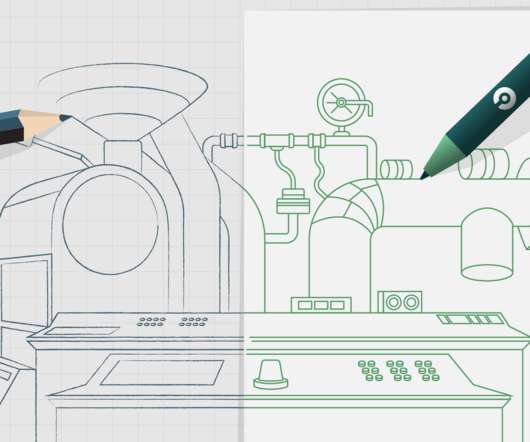



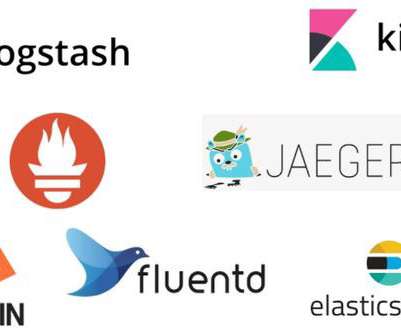


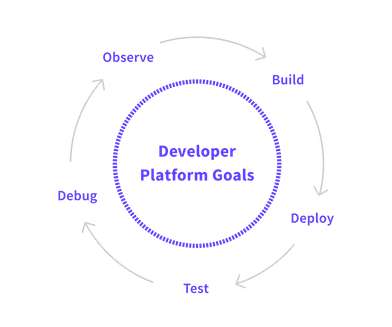












Let's personalize your content